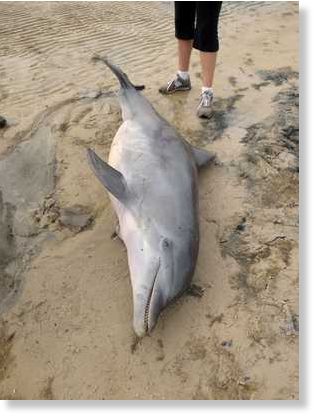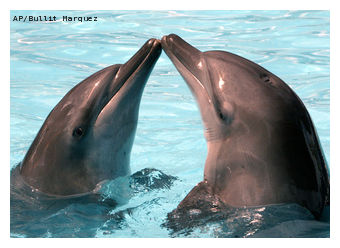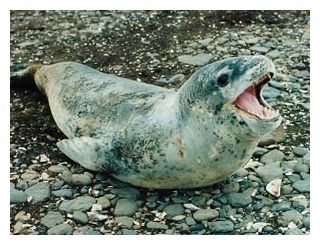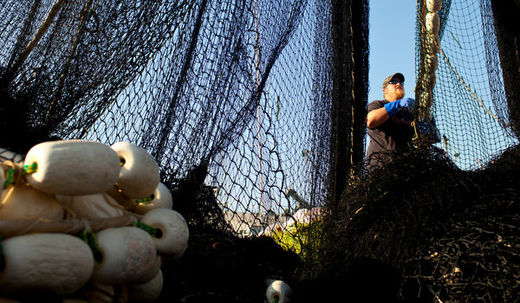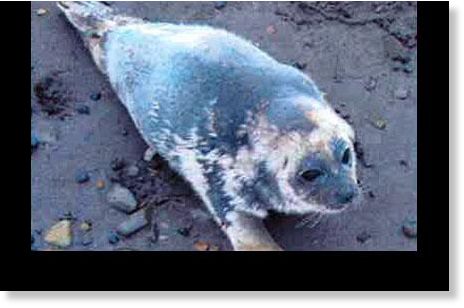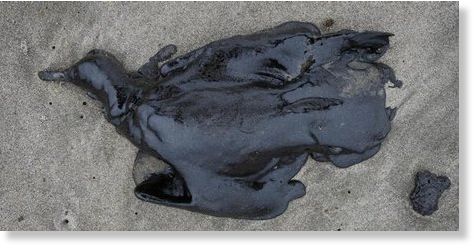
© Otago Daily TimesThe geep (front) has a lamb's body and a goat's head, legs and bleat.
No kidding - it's a geep.
When Taieri farmer Graeme Wallace brought a mob of ewes and lambs in for tailing this week, he thought the wool was being pulled over his eyes.
"I thought, 'what the hell is this? Is it a goat or is it a lamb?'
"No, it's a 50/50," Mr Wallace recalled. He thought fleetingly that the ewe mothering the mystery animal could have had a dead lamb and adopted a kid, but decided against it.
With the body of a lamb, but the head, legs and bleat of a goat, the rare male hybrid was definitely "a cross between the two".
Mr Wallace, who did not notice the animal during earlier daily lambing rounds - not that he was looking out for a geep - said it would have been sired by one of the many feral goats on the property, near Allanton.
His father told him there might be such a thing as a geep. So he looked it up on the internet that night and "sure enough" there was.
A report on the natural mating of a doe with a ram which produced a female hybrid - believed to be the first authenticated report of a sheep-goat hybrid in New Zealand - was published in the
New Zealand Veterinary Journal in 1990.
